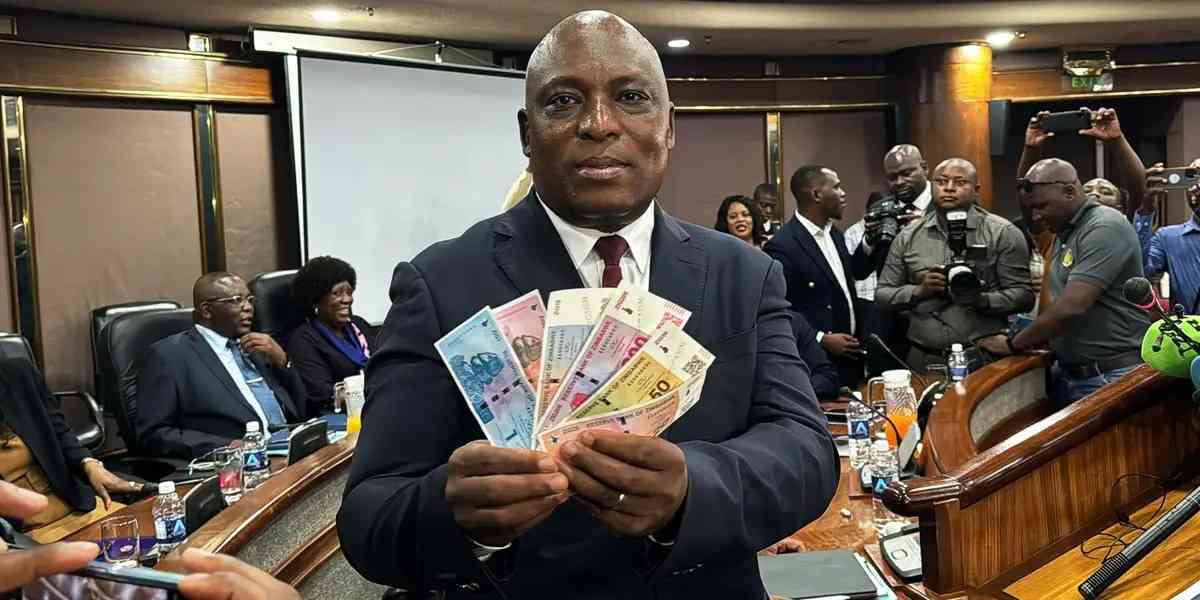
The Reserve Bank of Zimbabwe’s latest monetary policy statement (MPS) announced recently shifted goal posts on crucial undertakings made to Victoria Falls Stock Exchange (VFEX) listed firms entitling them to relaxed foreign currency retention thresholds.
The February 2023 MPS, which exposed how Zimbabwe’s appetite for policy flip flops has continued despite an uproar, made shocking cutbacks to the forex that VFEX listed firms had been promised in 2021.
Following a protracted listing drought that shook VFEX after its launch in October 2020, the RBZ announced several benefits for its counters, including an ‘Incremental Export Incentive Scheme’ entitling them to retain 100% forex proceeds for exports above their average monthly earnings.
It became the nerve centre around most of the listings that have migrated to VFEX from the Zimbabwe Stock Exchange (ZSE).
Most of the counters specifically mentioned the incremental exports scheme as the driving force behind their VFEX listings.
Stock exchange officials say there is a pipeline of firms that intend to list on the VFEX this year, which they attributed to attractive benefits including the incremental export incentive scheme.
Firms operating in special economic zones had also been promised an incremental export retention threshold of 100%.
However, for any firm not under a special economic zone or listed on the VFEX that would have qualified for the incentive scheme would receive an 80% export retention, above the then standardised threshold of 60%.
- Mangudya speaks on banks’ stability
- Mangudya speaks on banks’ stability
- Rampaging inflation hits Old Mutual . . . giant slips to $9 billion loss after tax
- Monetary measures spur exchange rate stability: RBZ
Keep Reading
But in the recent MPS, central bank chief, John Mangudya made a blanket threshold of 75% export retention scheme for all exporters.
It means instead of keeping 100% of their incremental exports, VFEX listed firms will now be entitled to 75%.
The remainder would be given to all exporters in Zimbabwe dollars at the prevailing official exchange rate.
In an interview with Standardbusiness, Mangudya said the incremental export incentive scheme had sparked off ‘artificial’ migrations to VFEX, leaving the ZSE on the edge.
“We did not want to have an artificial movement of people, companies, from ZSE to VFEX,” Mangudya said.
There have been growing worries that most of the VFEX’s six listings have only migrated from the ZSE owing to export incentives.
On Wednesday, Imara Asset Management chief investment officer Shelton Sibanda told industrialists in Harare that the hype that has surrounded VFEX listings had not been accompanied by new listings, but ‘cannibalisation’ of the ZSE.
The delisting accelerated last week after Zimbabwe’s largest hospitality outfit, African Sun Limited, said its board had approved a plan to ‘immediately’ switch to the VFEX.
Diversified giant Innscor Africa Limited became one of the latest firms to announce that it was delisting from the ZSE as part of a plan to raise US$56 million in capital expenditure for its current financial year.
Innscor also said it wanted to benefit from the 100% retention on export proceeds offered to VFEX listed firms.
“We do not want artificial movement, we want real and genuine movement (to VFEX),” Mangudya said.
“With VFEX, you are supposed to benefit from the foreign currency from the sale of your shares, not exports.
“If you are going there because of exports that is wrong because you are supposed to keep your foreign currency, sell all your shares in foreign currency, not local currency.
“So, it should be on the shares.
“I will say companies that were going there for that reason were going for wrong reasons. The policy (export incentive scheme) was that they (VFEX counters) would liquidate 20% of their base export threshold then retain 100% of the incremental.”
He added: “We have changed it now because we thought that the best way forward was to ensure that we just standardised it so that they can just export and it would be easier administratively,” the central bank governor said.






